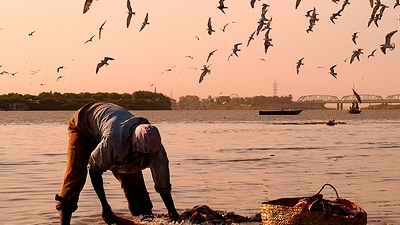Since before the Earth Summit in 1992 there has been growing recognition that GDP alone is not a sufficient measure of progress towards sustainable development. GDP looks at only one part of economic performance—output —but says nothing about the wealth and assets that underlie this. For example, when a country exploits its minerals, it is actually depleting wealth. The same holds true for overexploiting fisheries or degrading water resources.
Relying on GDP alone to assess economic performance can be misleading, as countries could grow in the short run by running down their assets, thus endangering growth in the long term.
The recent adoption by the UN Statistical Commission of the System for Environmental and Economic Accounts (SEEA) of a method to account for natural resources such as minerals, timber, and fisheries is a major step forward.
Rio+20 is an opportunity for countries and the private sector to step up their commitment to comprehensive wealth accounting and integrated reporting. Several financial institutions have already signed a Natural Capital Declaration, and many companies have signed up to integrated reporting initiatives that help them factor in biodiversity and respect for the environment into account when taking management decisions.

